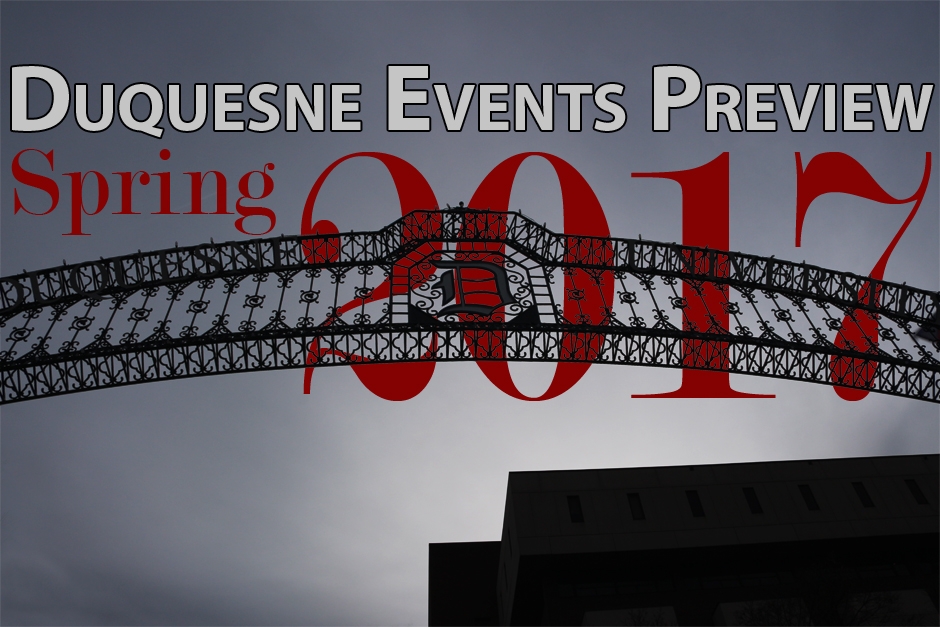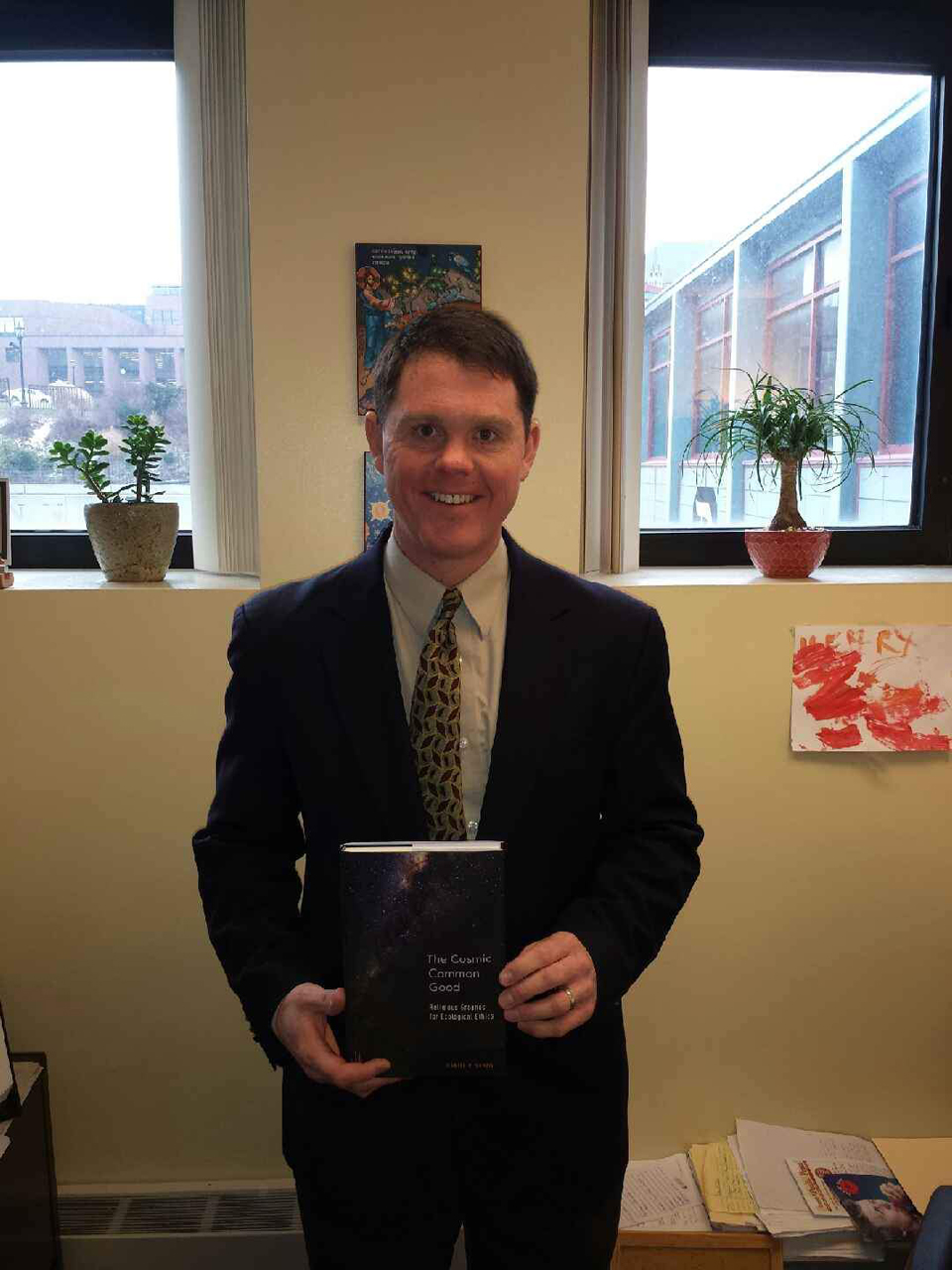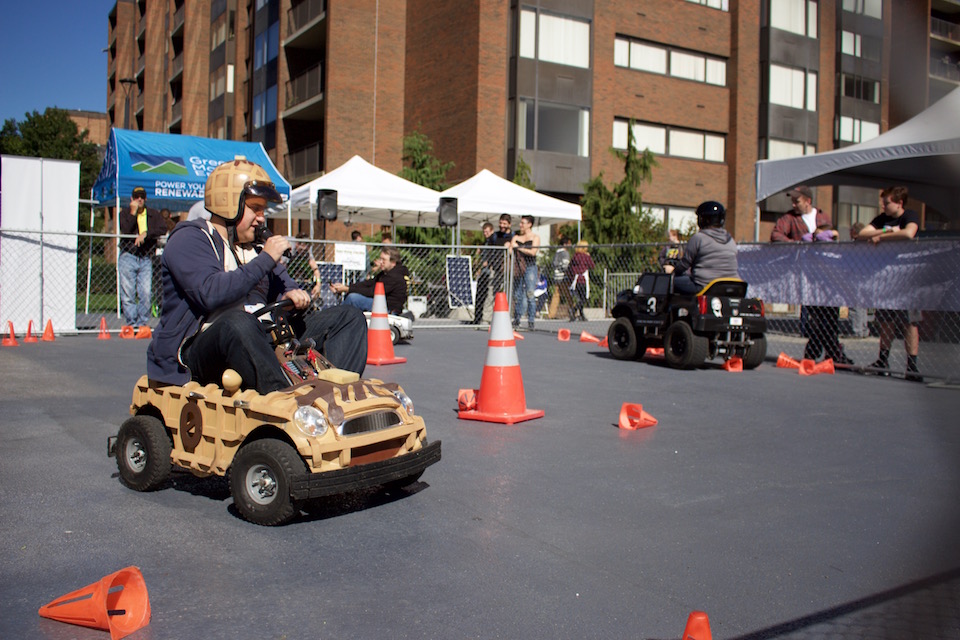

By Seth Culp-Ressler | Features Editor
Chainmail was readied, hammers pounded metal fresh from the fire and a cacophony of steel drums filled the air. Fear not, though, for there was no Battle of the North Side afoot, these were simply the many eclectic sights and sounds of Maker Faire Pittsburgh.
Organized by the Children’s Museum of Pittsburgh, Maker Faire brought together creative minds and inventive spirits for a festival dedicated to doers. With over 200 “makers” displaying their various products in booths lining the former Allegheny Center’s outdoor area, the faire was a workout for all five senses.
One of the key elements of the event was the demographic blend of those aforementioned makers. This was not a trade show exclusively for professionals, nor was it a science fair targeted at the younger generations. Maker Faire is equal opportunity, bringing together elementary schools with established industry leaders, and university programs with independent entrepreneurs.
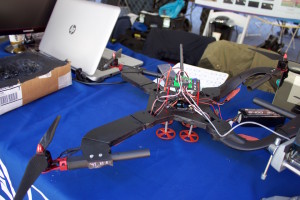
As with all of the various Pittsburgh universities, Duquesne was in on the action. A booth was present representing the Biomedical Engineering program, more specifically their latest quadcopter project.
Built by sophomores Marc Hazur, Elizabeth Petrell and Colin Moore, the quadcopter was created with the express purpose of detecting potholes from the sky. The team of three produced as much as possible in-house, which means everything from writing the custom software to 3D printing the chassis was done right here on the Bluff.
Duquesne’s booth was found in the “robotics alley,” alongside battlebots, robotic instruments, Formula SAE student-built racecars and even a pretty faithful R2-D2 replica. At the entrance to the alley was a booth dedicated to competitive Power Wheels racing – yes, people customize and race the plastic jeeps you piloted up and down the driveway as a kid.
On the more professional end of the spectrum was WARDKit, a company that designs and sells waterjet CNC machines. Hailing from Ohio, the company was on hand with a display truck fitted with one of their waterjets, demonstrating to show-goers how the technology works. Benjie Massara, WARDKit’s business development manager, said that overall the process is pretty simple.
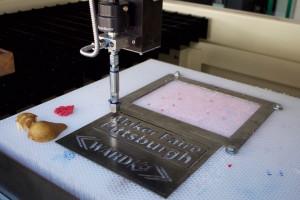
“In essence what you’re doing is an accelerated, controlled erosion,” Massara explained. “So the same process that did the Grand Canyon, we’re just harnessing it here.”
Waterjets have various advantages, Massara continued, a significant one being the sheer variety of materials it can cut with relative ease. Foam, glass, composites, stone and even steel up to 12 inches thick can be cut with nothing more than 60,000 psi of water and a sand-like abrasive. The cost? Their kits start at a mere $65,000. A waterjet for the dorm room may not be the most attainable thing to ask for next Christmas.
Of course, right across from WARDKit’s state of the art display was a booth showing off the art of forging metal with a hammer and anvil. And right behind that was a Tesla Coil built to belt out songs in its odd and alien-like voice. Booths were displaying homemade hats, live art demonstrations, 3D printers and Lego masterpieces.
It’s clear that variety was the name of the game at this year’s Maker Faire, and all who create were undoubtedly welcome. What remains to be seen is how big this event and community will be able to grow over the coming years. If their display this past weekend was any indication, it looks like they’ll be able to make just about anything happen.
All photos by Seth Culp-Ressler



